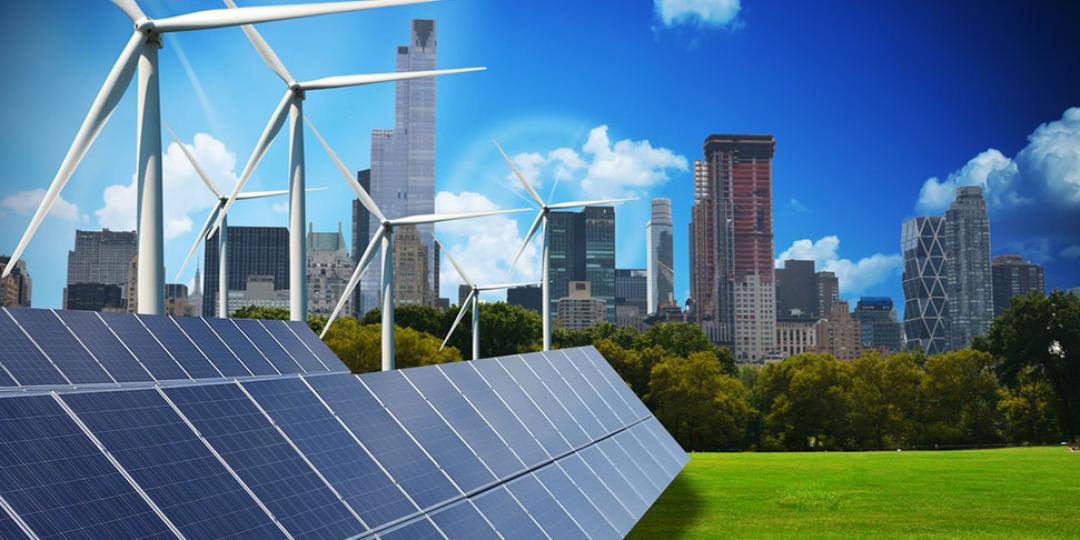The announcement by President Cyril Ramaphosa today (10 June 2021) that Schedule 2 of the Electricity Regulation Act will be amended to increase the licensing threshold for embedded generation projects from 1 MW to 100 MW has been met with great enthusiasm. In other words, instead of going through the lengthy and complex licencing process, applicants will simply need to register their new generation with the National Energy Regulator of South Africa (Nersa).
The president's announcement surprised many in the industry who had called for the limit to be increased from Minister Gwede Mantashe's offer of 10 MW, to 50 MW.
President Ramaphosa said that although progress was being made to procure new utility-scale generating capacity from existing IPPs, with Eskom’s ageing and unreliable coal-fired power stations being unable to meet demand, more private sector power generation was needed. He said that the decision followed an "extensive public consultation process and a significant amount of technical work undertaken by the Department of Mineral Resources and Energy".
The next step is for the government to amend Schedule 2 of the Electricity Regulation Act to increase Nersa's licensing threshold for embedded generation projects from 1 MW to 100 MW.
This dramatic decision is likely to result in a significant investment in new generation capacity in the short and medium terms, enabling big business and mines to build their own generation facilities to supply their energy needs. This in turn will reduce their reliance on Eskom and free up some capacity which should enable the power utility to increase the number of generating units to undergo maintenance, or to start the decommissioning of those which are past their design retirement dates.
A significant aspect to this decision is that any surplus electricity generation can be sent via municipal and Eskom grids to other consumers.
This is really important news because we need as much privately generated electricity as possible. Eskom cannot meet the country's electricity demand, so allowing the private sector to participate more fully is a sensible step forward.
With load shedding costing South Africa’s economy R500-million per stage, per day, over the last two weeks load shedding has cost the South African economy approximately R25-billion.
The Minerals Council South Africa has welcomed the announcement, saying it was committed to ensure that an additional 1,6 GW of power would be added to the network. This would require an investment of about R27-billion, the Council says.
This decision is also expected to increase job opportunities. Business Unity South Africa (BUSA) is quoted as saying that, even if the limit was at 50 MW, 16 000 or more new jobs would be created. At 100 MW, we expect that figure to exceed 20 000.















